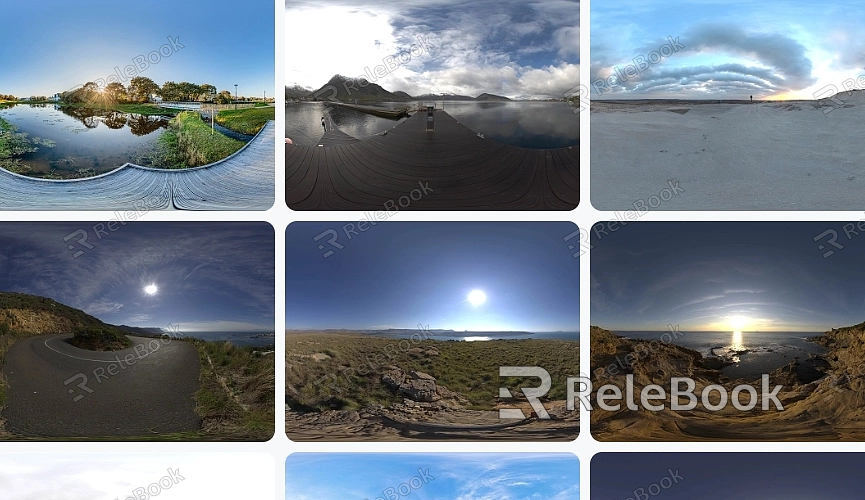What is an HDR File?
In the realm of digital photography, High Dynamic Range (HDR) imaging has gained significant popularity. One key component of HDR photography is the HDR file. Today, we'll delve into what an HDR file is, its purpose, and how it is used in photography.
An HDR file is a specialized image file format that, compared to standard formats like JPEG or PNG, stores a broader range of color and tonal information. Its purpose is to capture and represent a larger dynamic range, allowing for more details in both shadow and highlight areas of an image.If you need it, I recommend downloading HDR from Relebook. There is no better choice than this.

How HDR Works:
HDR files are created by combining multiple exposures of the same scene. Typically, a photographer captures three or more images with different exposures, such as one underexposed, one correctly exposed, and one overexposed. Specialized software is then used to merge these images into a single HDR file.
Benefits of HDR:
The primary advantage of using HDR files is the ability to generate images with higher detail and realism. By capturing a wider dynamic range, HDR files can retain intricate details in both bright and dark areas, resulting in visually appealing and balanced photos.
HDR File Formats:
Several commonly used file formats for HDR images include Radiance HDR (HDR), OpenEXR (EXR), and TIFF (Tagged Image File Format). Each format has its advantages and compatibility with different software and devices.
Editing and Displaying HDR Files:
To edit HDR files, photographers typically use professional software such as Adobe Photoshop, Photomatix, or Aurora HDR. These tools allow photographers to adjust the tonal range, color saturation, and other parameters to achieve the desired effect. When displaying HDR images, a compatible monitor or device capable of reproducing a wide color gamut is needed to fully appreciate the enhanced dynamic range.
An HDR file is a specialized image file format that captures and represents a broader dynamic range of color and tonal information. By merging multiple exposures, photographers can create stunning images with greater detail and realism. Understanding HDR files and their applications can empower photographers to unlock the full potential of digital images.

